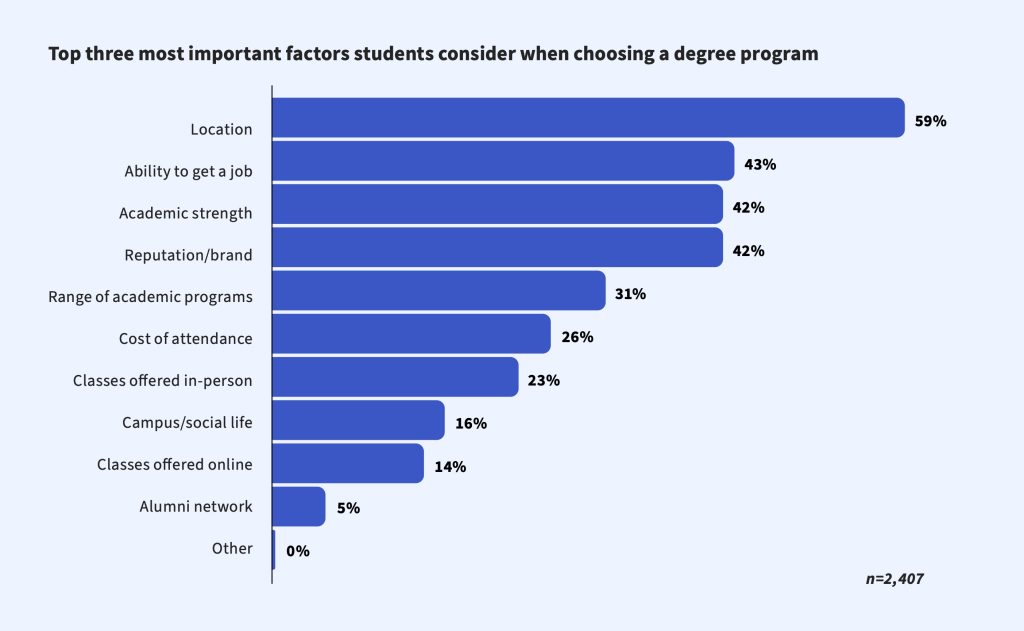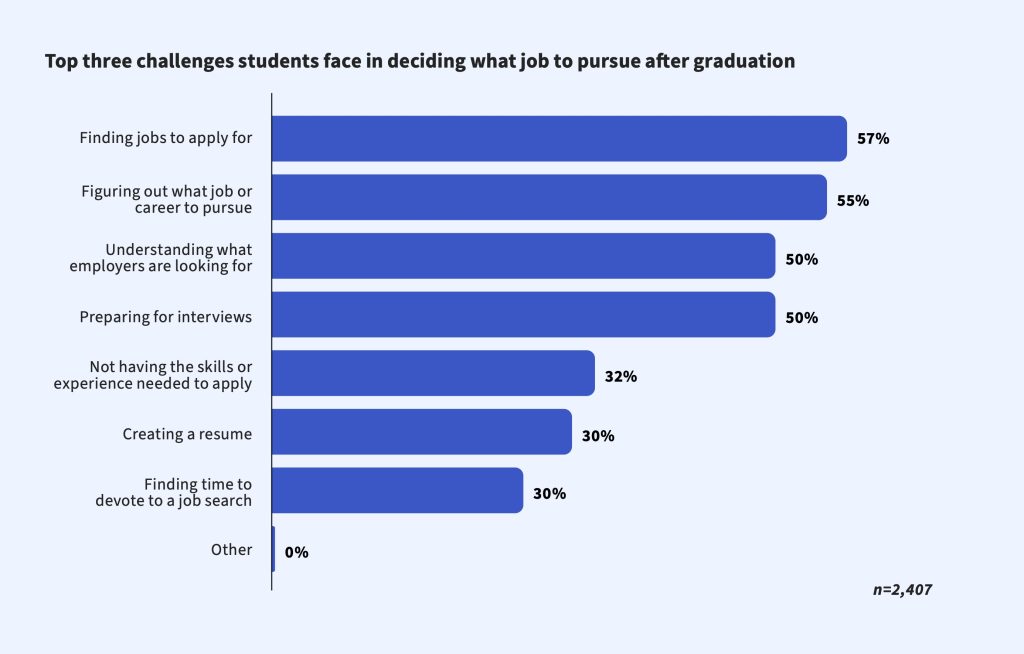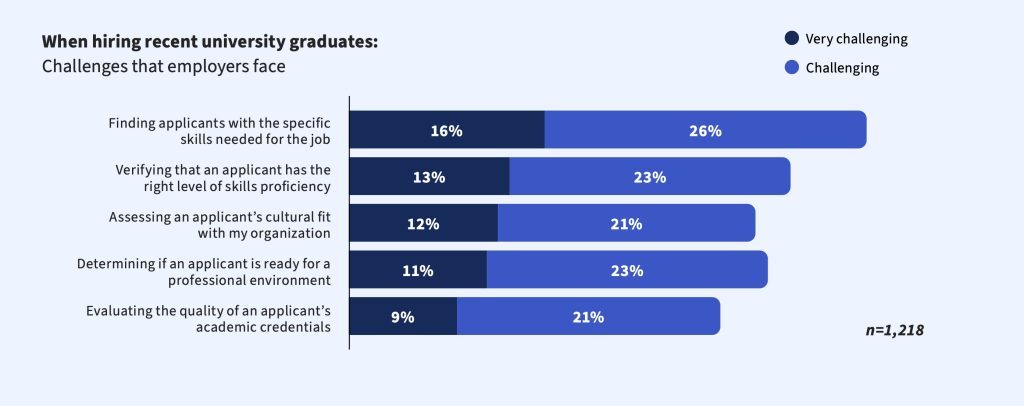
By Scott Shireman, Global Head of Coursera for Campus
In a competitive and fast-changing labor market, employers increasingly expect their entry-level talent to join their workforce already equipped with job-relevant skills and hands-on experience. At the same time, university-age students and their parents are thinking more critically about the ROI of traditional three and four-year degree programs: most notably, whether they will secure a job after graduation.
As a result, Coursera is seeing universities and colleges around the world leverage entry-level professional certificates, also known as industry microcredentials, and career-relevant skills training in their degree programs to improve student recruitment and graduate employability.
To better understand this phenomenon, Coursera surveyed over 2,400 students and recent graduates and 1,200 employers across eight countries, including Australia, India, France, Germany, Mexico, Turkey, the UK, and the U.S., in collaboration with the market research firm, Dynata. In each country, we explored the motivations, needs, and challenges of both students pursuing a degree and employers who seek to hire them.
Among other compelling data points, we found that 88% of students and recent graduates said including industry microcredentials, or in this case, entry-level professional certificates, in an academic program would make them more likely to enroll in that program.
The key findings from the Higher Education to Employment Survey Report include:
Students and recent graduates globally believe industry microcredentials make them more likely to land a job.
- 43% identified their ability to get a job among the top three factors motivating their decision to enroll in a degree program. Employability was ranked ahead of academic strength, reputation, and cost, and came second only to the institution’s location.
- Over half struggle to both decide what career to pursue (55%) and understand what employers are looking for (50%).
- 89% agree or strongly agree that earning an entry-level professional certificate will help them stand out to employers and secure jobs when they graduate.


Industry microcredentials help hiring decision-makers solve for their top two challenges: identifying and validating applicants’ skills.
- When hiring recent university graduates, 42% of employers reported difficulty sourcing candidates with the specific skills needed for the job, and 36% struggled to verify that candidates have the right level of skills proficiency.
- Employers both recognize and value industry microcredentials: they are on average 76% more likely to hire a candidate who has earned one.
- 92% of employers either agree or strongly agree that a professional certificate strengthens a candidate’s application.

These global trends are largely reflected in country-specific data. Among students and recent graduates surveyed in the U.S., for example, 86% agreed that earning an industry microcredential will help them stand out to employers and get a job after graduation.
- 81% believe that microcredentials will help them succeed in their job once hired.
- 74% said that the inclusion of relevant microcredentials would influence their choice of a degree program at their university.
- 66% said the credential “counting as credit toward a degree” was their highest motivating factor, while 43% ranked it “being offered by an industry-leading company” at the top.
Among U.S. employers, 86% agree that earning an industry microcredential strengthens a candidate’s job application, while 74% believe that this credential improves a candidate’s ability to perform in an entry-level position.
- 53% said finding applicants with the specific skills needed for the job was the biggest challenge they face when hiring recent graduates.
- 61% ranked human or “soft skills” – important for transformation and change management – such as critical thinking or communication as most difficult to evaluate in the hiring process; tech skills were second, at 55%.
- Not surprisingly, those same employers said soft skills are difficult to find among recent graduates: 65% ranked those skills as most lacking, followed again by tech skills at 46%.
- 61% rank whether a microcredential comes from an industry-leading company as the most important quality indicator.
- 39% have hired at least one candidate with a microcredential, a signal of a turning tide in hiring approach for employers.
In May, Coursera launched Career Academy to enable students to discover in-demand career paths and learn job-specific skills with industry microcredentials developed in collaboration with Google, IBM, Meta, and Intuit, among others. These entry-level professional certificates as well as applied skills training create job-ready students while simultaneously building more resilient higher education institutions.
Higher education institutions including Boise State, Hawaii Pacific University, Louisiana Tech University, University of North Texas, and the Oklahoma State Regents of Higher Education are leveraging industry microcredentials from Coursera to offer a practical learning experience that pairs academic knowledge with the practical skills needed to succeed in a professional role.
By linking skills-based learning to skills-based hiring, higher education institutions can fill gaps in their curricula and build a bridge between their degree programs and the demands of today’s employers. At the same time, employers can diversify their hiring pipelines while being assured that their new hires are job-ready.
To download the full report and explore the key findings, visit here.









